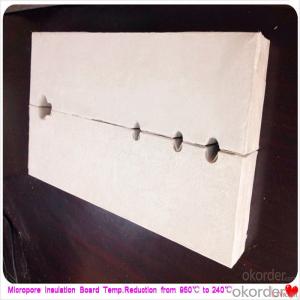When you think of building materials, what comes to mind? Bricks, concrete, wood, perhaps? But have you ever considered GRP sandwich panels? These aren’t your ordinary construction materials. They’re made of glass reinforced plastic, a combination that might sound unusual at first, but trust me, it’s a match made in construction heaven.
What are GRP Sandwich Panels?
&8212;&8212;&8212;&8212;&8212;&8212;&8212;&8212;&8212;&8212;&8212;
Imagine a sandwich, but instead of layers of bread and filling, you have layers of glass reinforced plastic. That’s the basic idea behind GRP sandwich panels. They’re lightweight, strong, and incredibly versatile, making them ideal for a wide range of applications.
The Science Behind GRP
Let’s dive into the science. GRP stands for Glass Reinforced Plastic, which is a composite material made from glass fibers that are reinforced with a plastic matrix. The result is a material that’s both strong and flexible, with a high strength-to-weight ratio. It’s no wonder that GRP is used in everything from boats to automotive parts.
Benefits of GRP Sandwich Panels
But what makes GRP sandwich panels stand out? Here are a few reasons why these panels are a popular choice for many:
– Lightweight: They’re easier to handle and install, which can save time and labor costs.
– Durability: GRP is resistant to corrosion, making it perfect for environments where traditional materials might rust or degrade.
– Flexibility: The material can be molded into various shapes, allowing for creative design possibilities.
– Aesthetics: With a wide range of colors and finishes, GRP panels can enhance the visual appeal of any project.
– Sustainability: GRP is a sustainable choice, as it’s recyclable and has a lower environmental impact compared to traditional materials.
Applications of GRP Sandwich Panels
Where can you use these panels? The possibilities are endless. From roofing and cladding to partitions and structural components, GRP sandwich panels are a go-to solution for many industries:
– Construction: They’re used in both residential and commercial buildings for their durability and ease of installation.
– Aerospace: The lightweight and strong properties of GRP make it ideal for aircraft interiors and exteriors.
– Marine: Boats and ships benefit from GRP’s resistance to saltwater corrosion and its strength.
– Transportation: Vehicles, buses, and trains use GRP for parts that need to be lightweight and durable.
Installation and Maintenance
Installing GRP sandwich panels is a breeze. They’re designed to be user-friendly, with simple fastening systems that don’t require specialized tools. Maintenance is also a piece of cake. Since GRP is resistant to many environmental factors, it doesn’t require frequent painting or treatments to maintain its appearance or integrity.
The Future of GRP Sandwich Panels
As we move towards more sustainable and efficient building practices, GRP sandwich panels are poised to play a significant role. With their eco-friendly nature and impressive performance, these panels are the future of construction.
The Personal Touch
I’ve always been fascinated by materials that can do more than meet the eye. GRP sandwich panels are one of those materials. They’re not just functional; they’re also a testament to human ingenuity and creativity. Every time I see a building or a vehicle with GRP components, I can’t help but feel a sense of admiration for the people who designed and built it.
In conclusion, GRP sandwich panels are more than just a construction material; they’re a symbol of innovation and sustainability. Whether you’re an architect, a builder, or just someone who appreciates good design, these panels deserve your attention. So the next time you’re planning a project, consider giving GRP sandwich panels a chance. You might just be surprised at how well they fit into your vision.

